ALTAF: Early Drawings
ALTAF: Early Drawings
ALTAF: Early Drawings
|
Gallery Exhibition ALTAF: Early Drawings
Mumbai:
DAG 2, The Taj Mahal Palace Colaba
|
|
|
Artists
|
‘If you are fighting for something new, you are fighting for a vision. But when this vision becomes a reality, you must be prepared for much of the newness to hurt and shock you’ – Altaf |
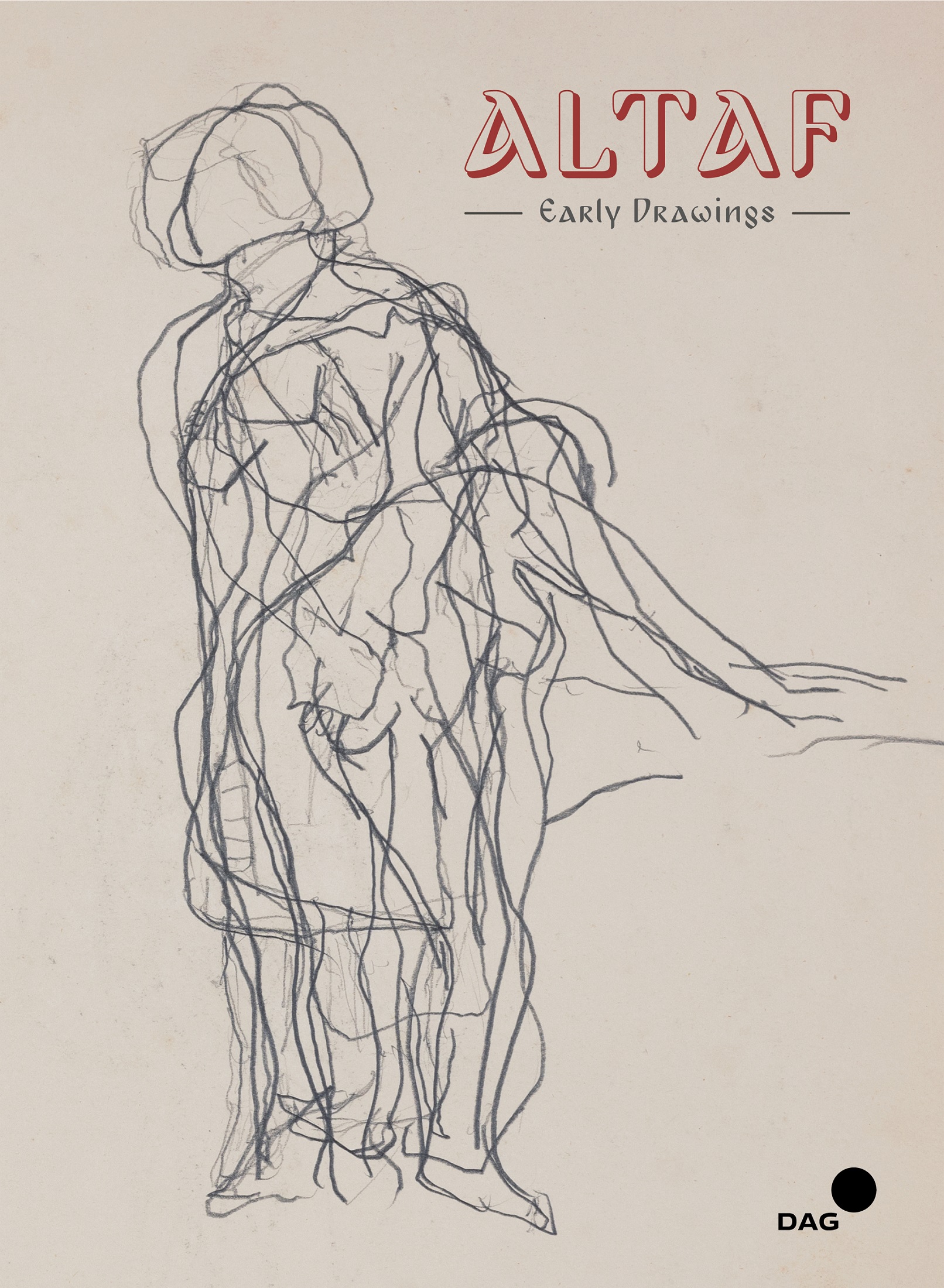
all artworks
Exhibition and Events
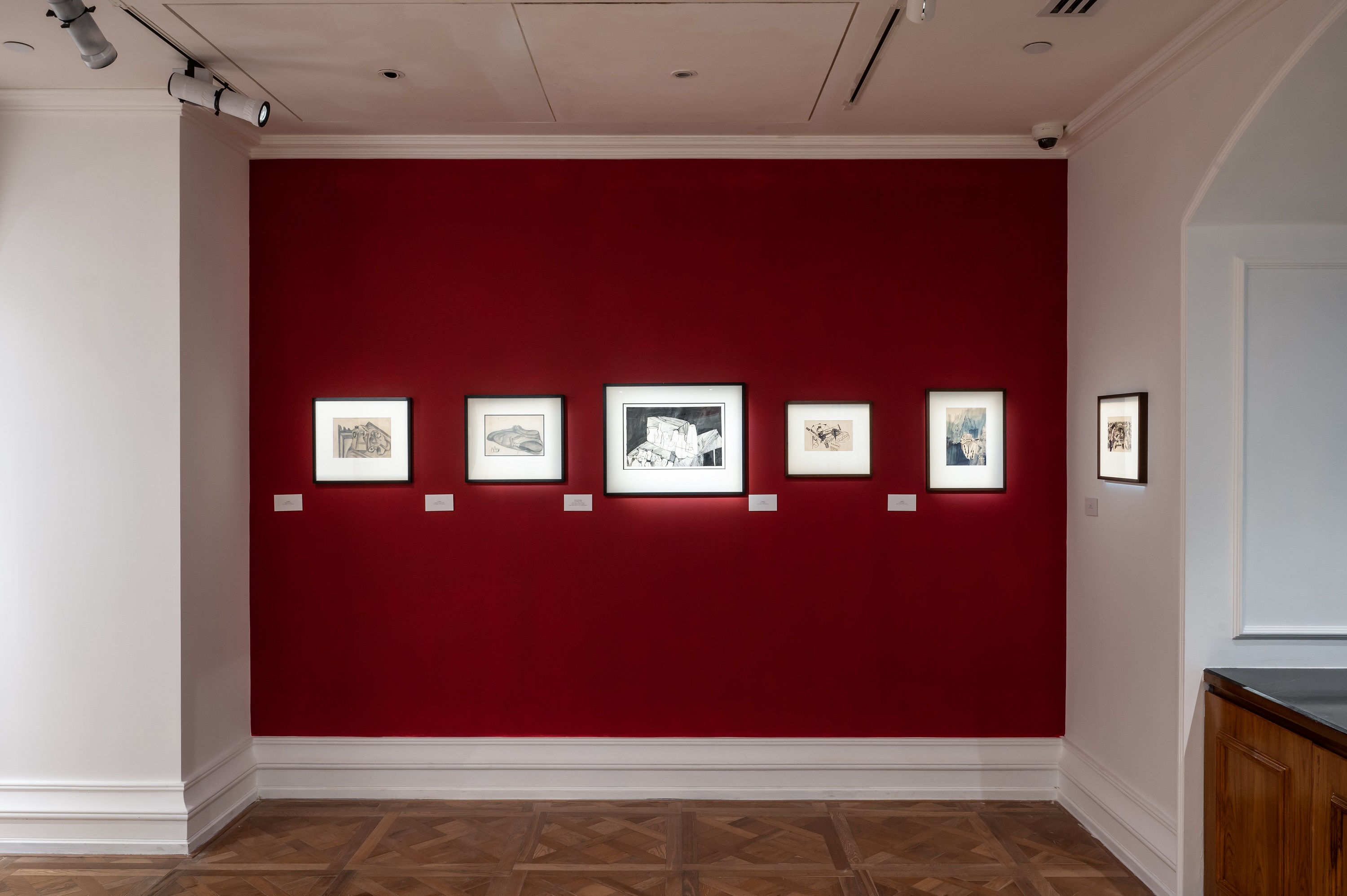

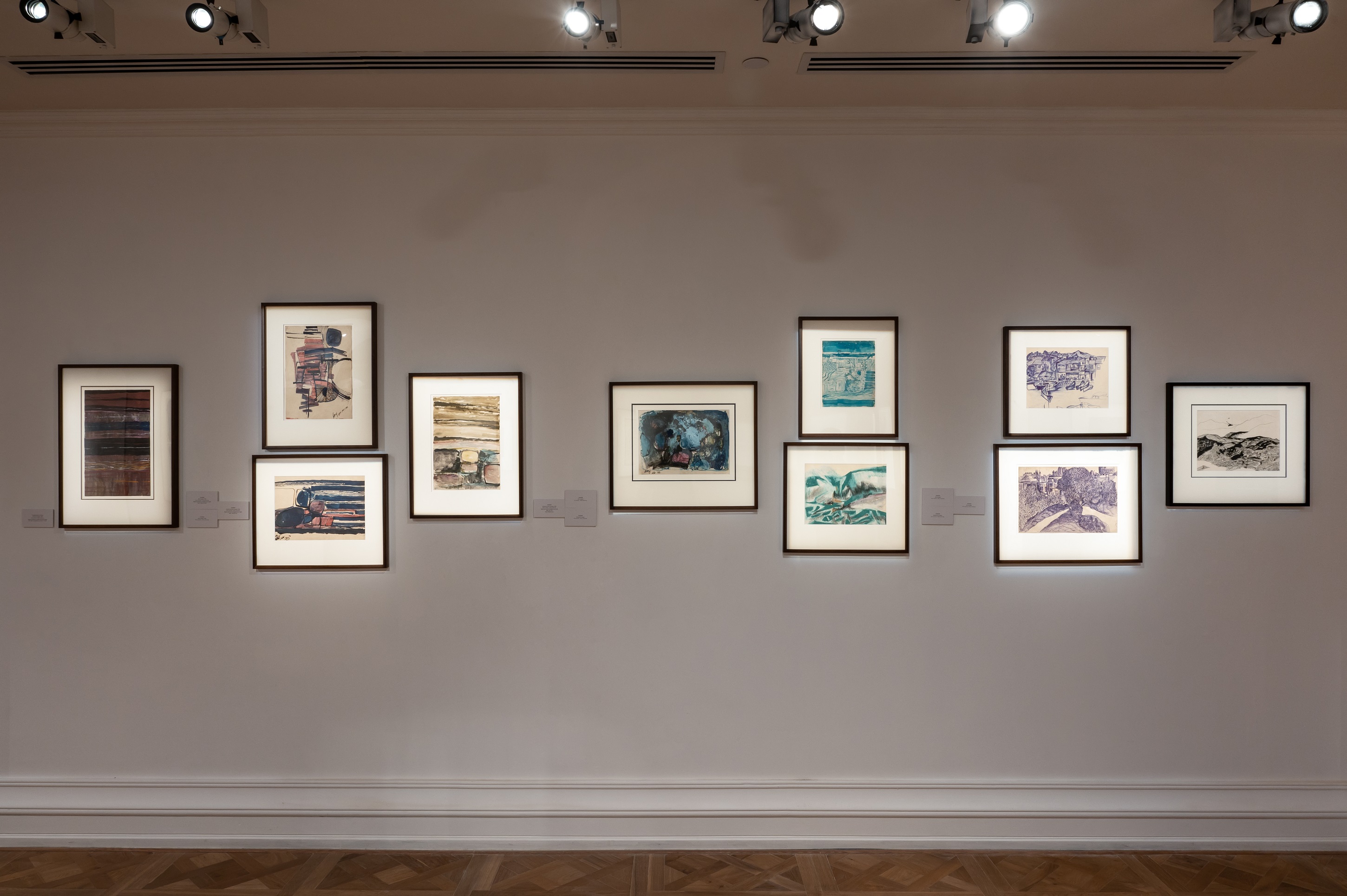
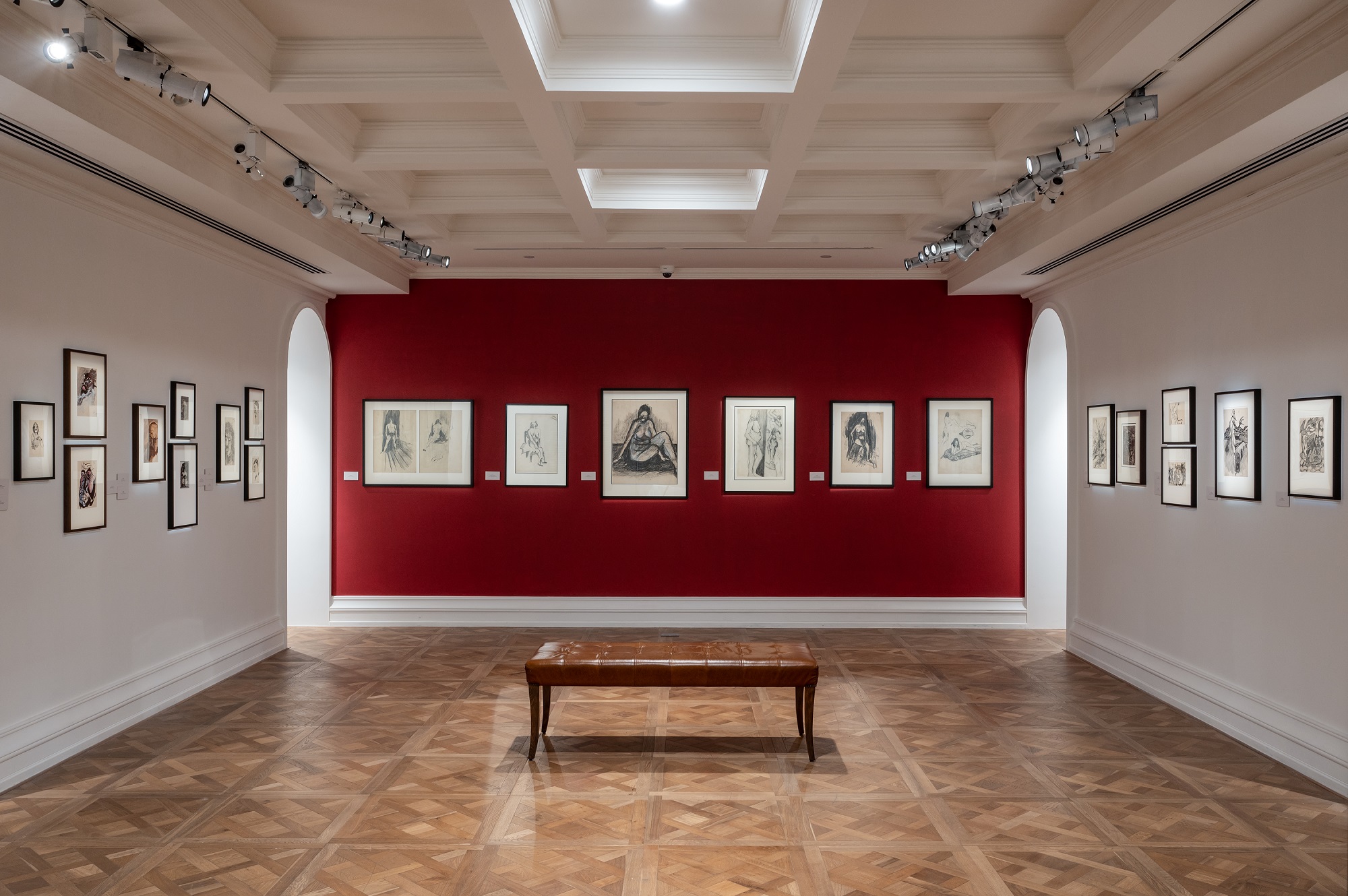

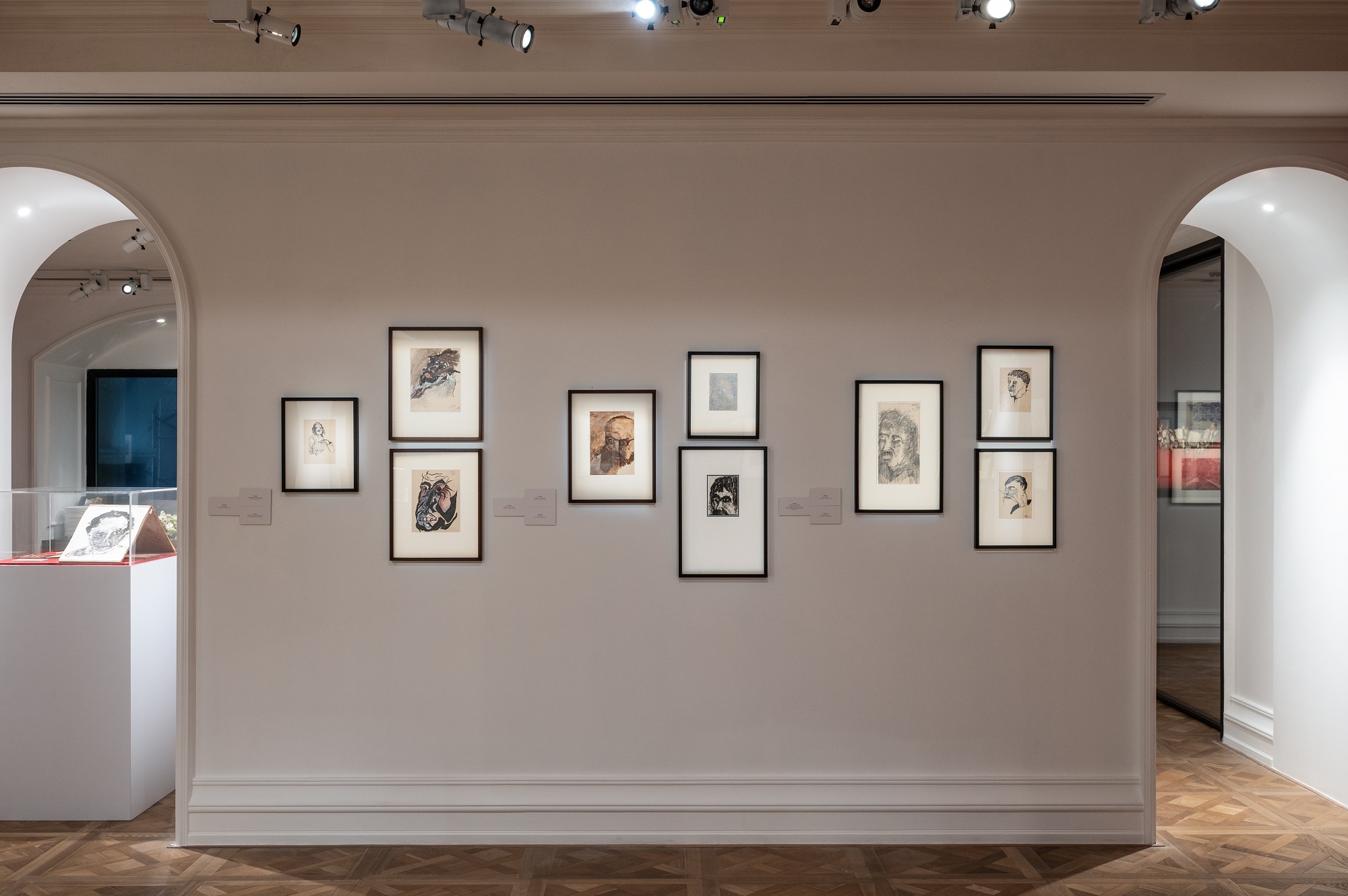
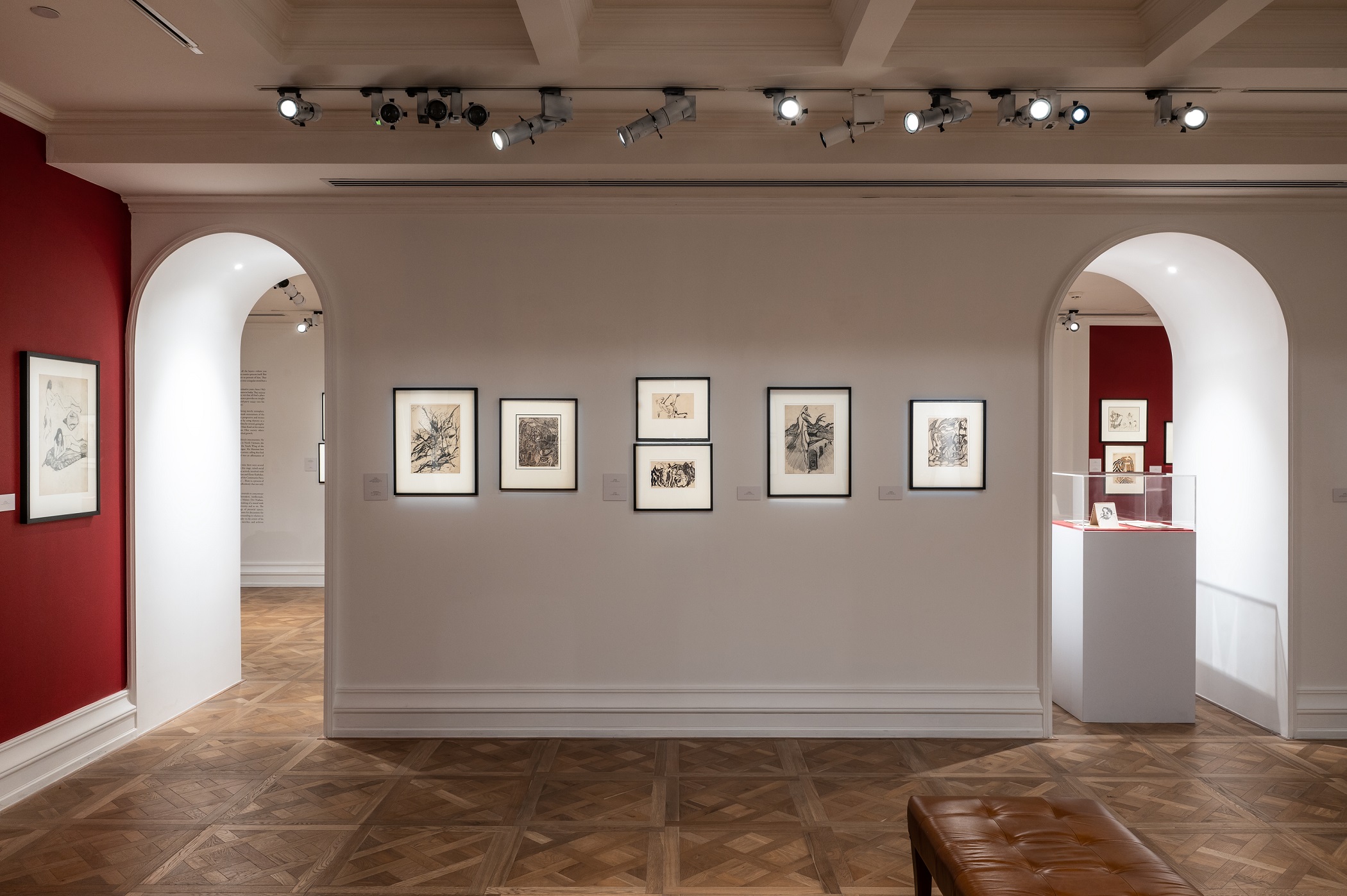
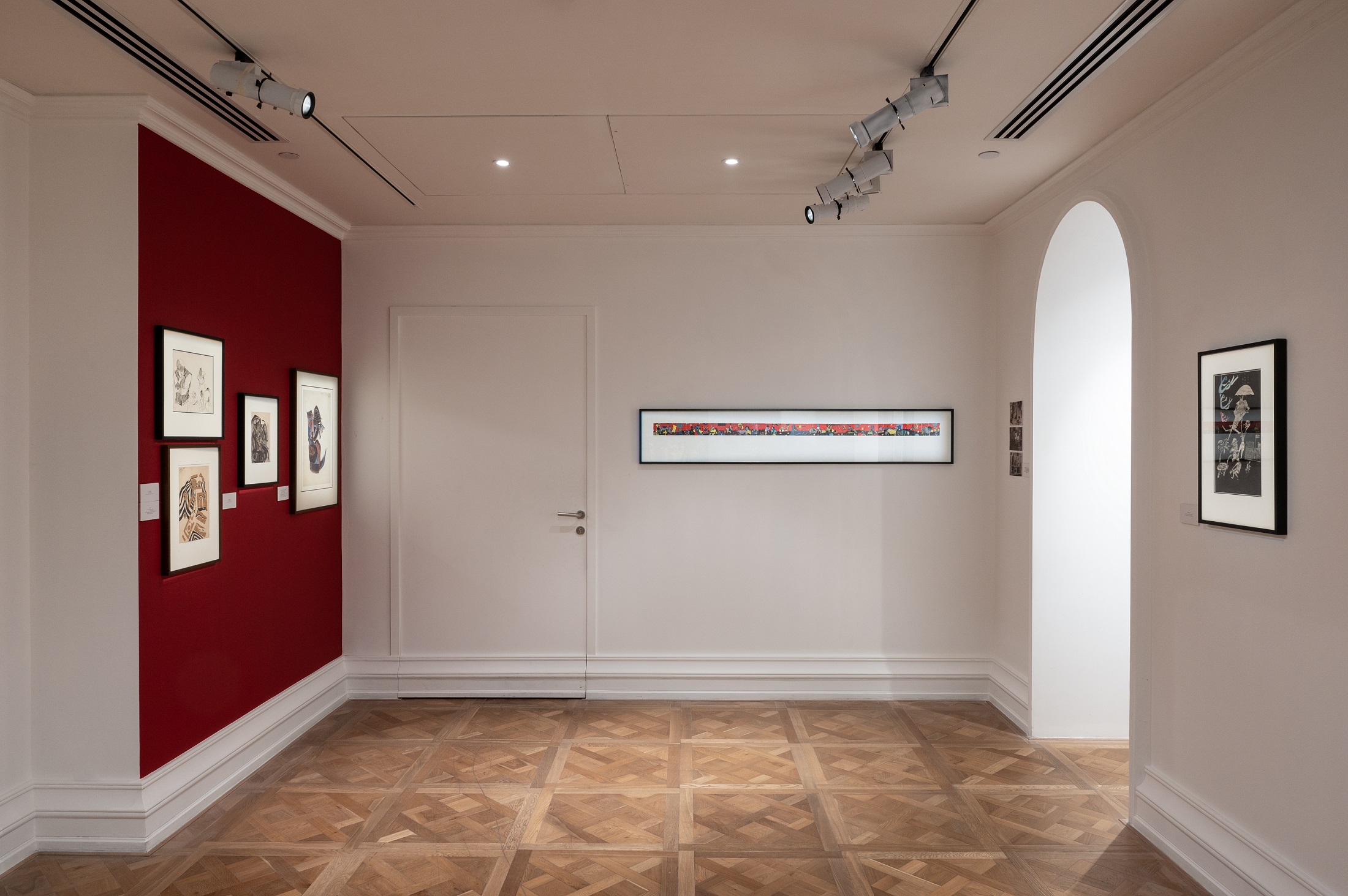
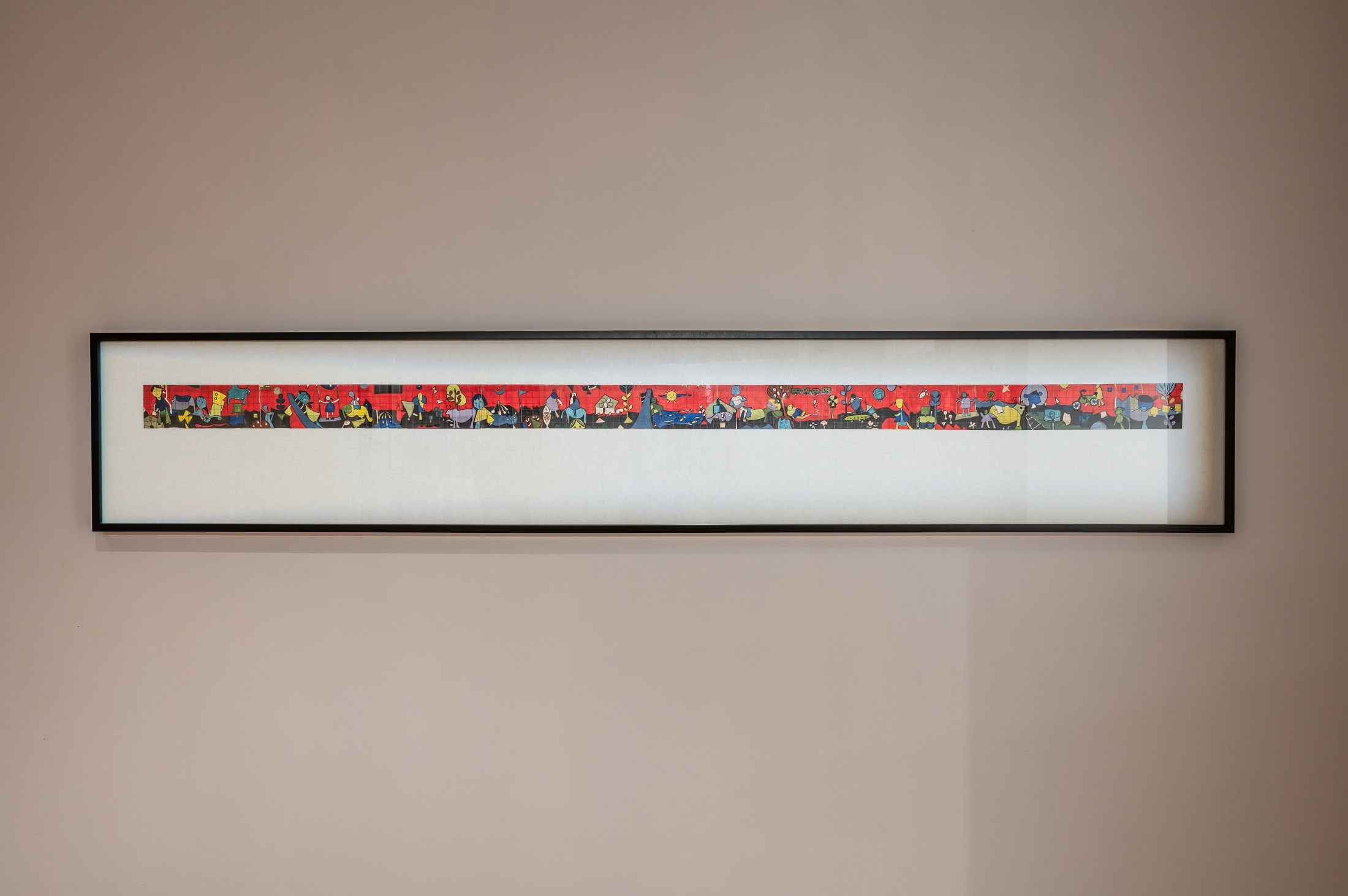
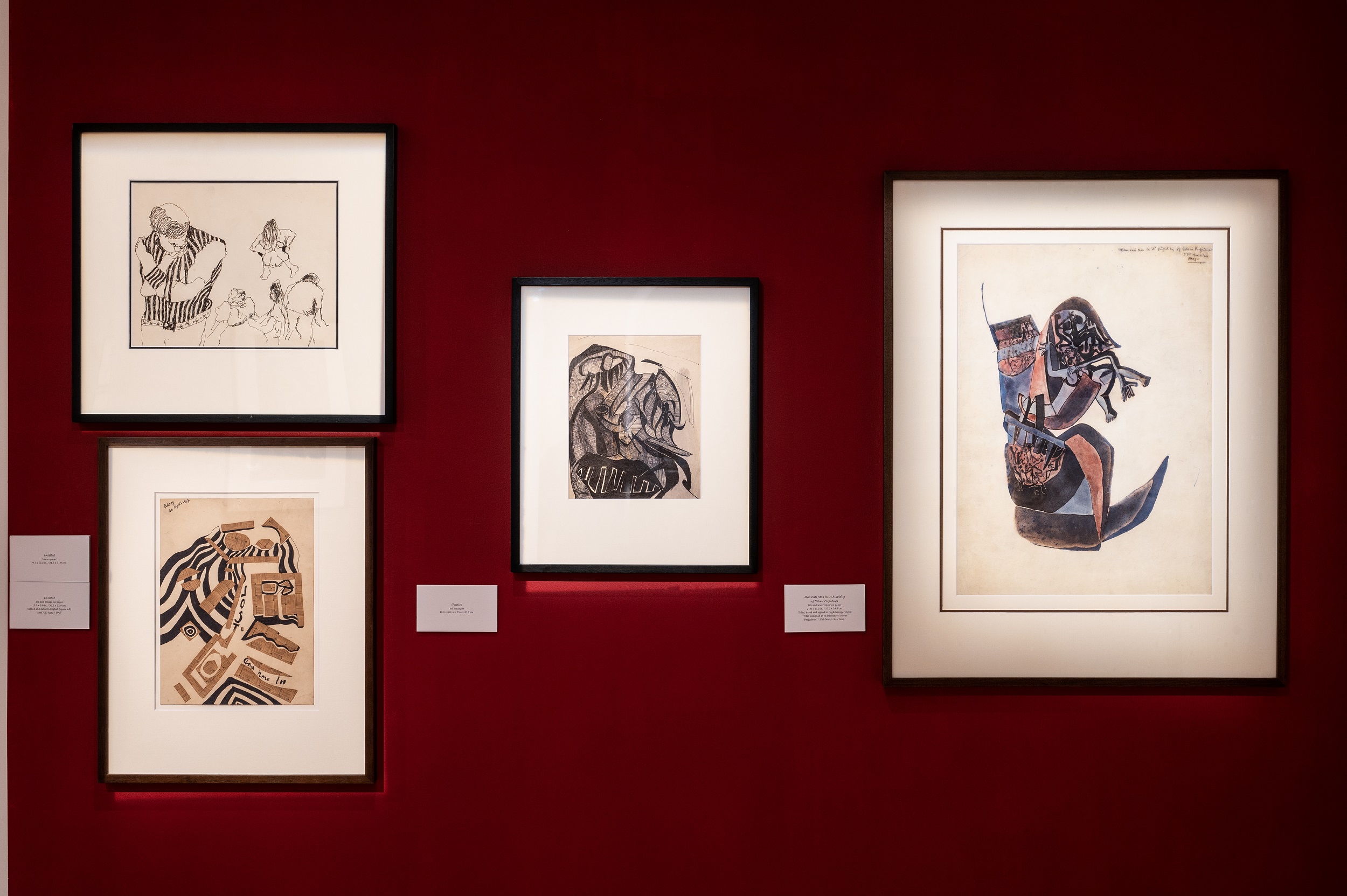
exhibition video





